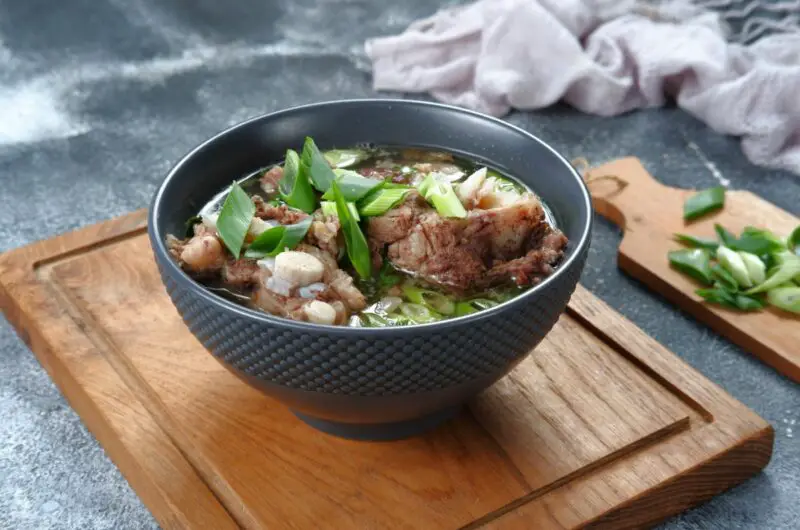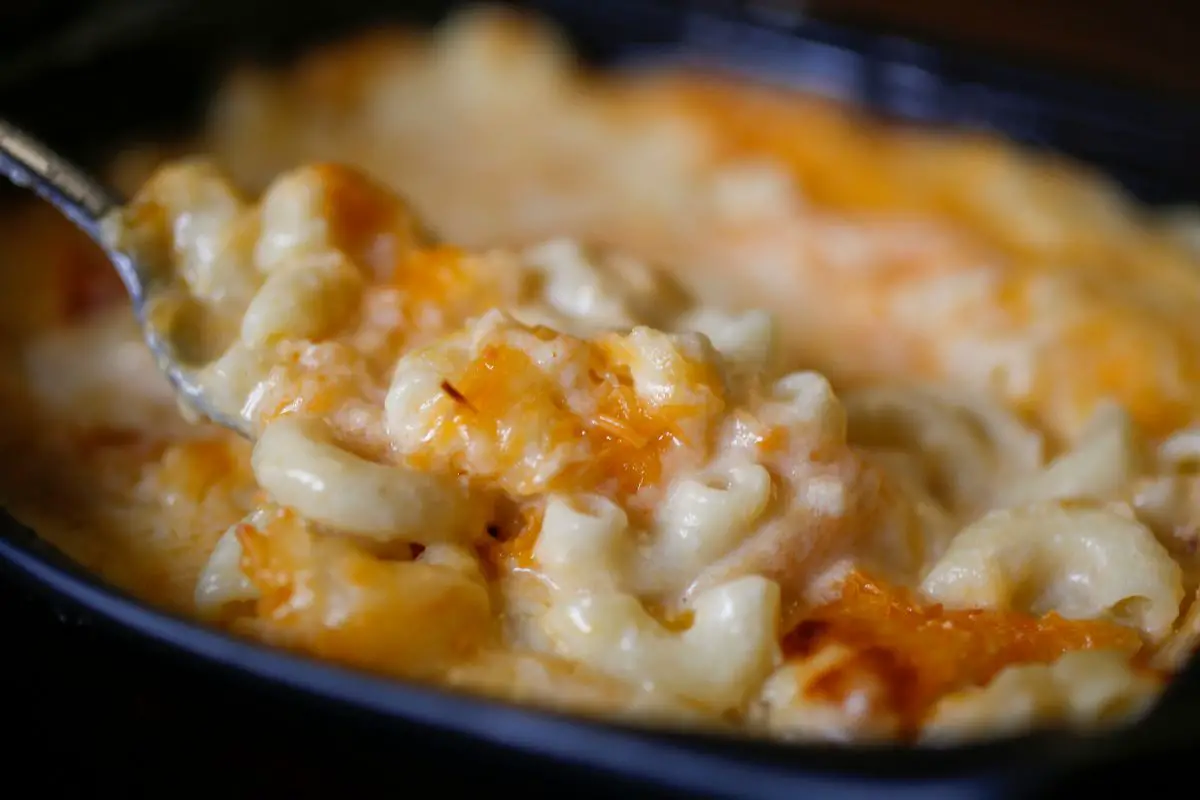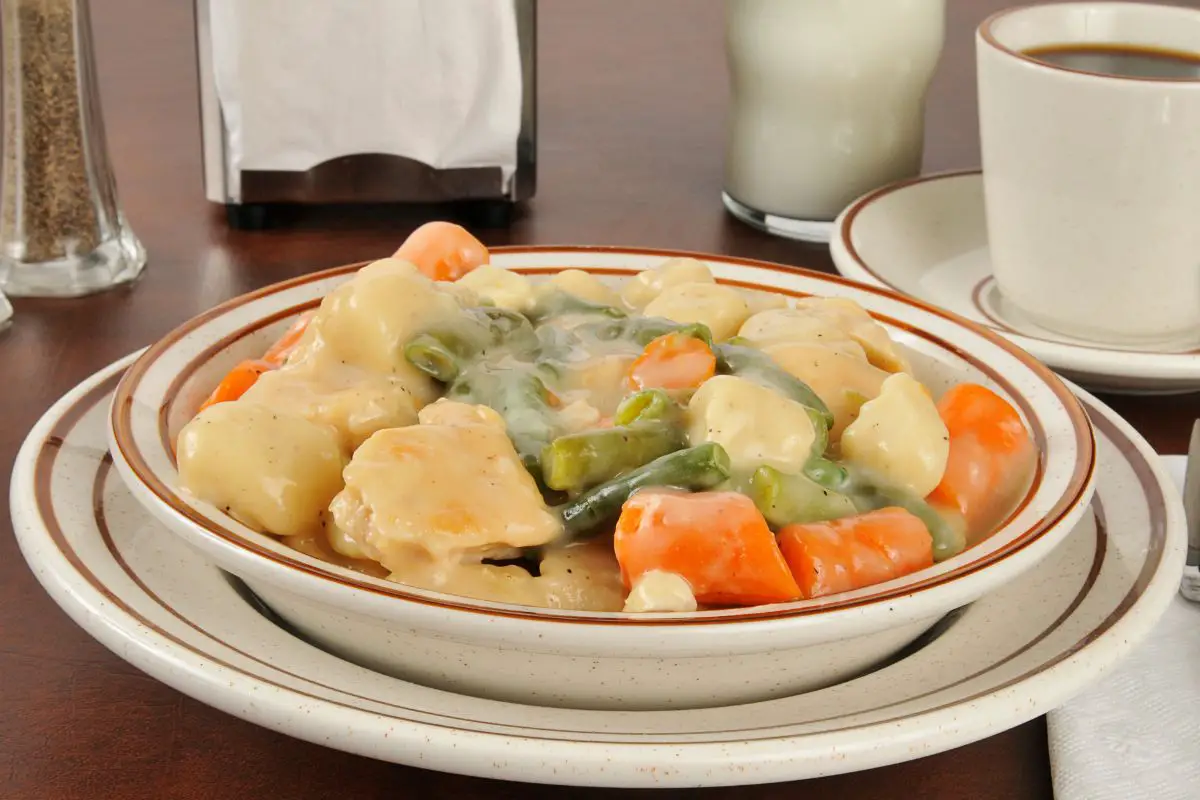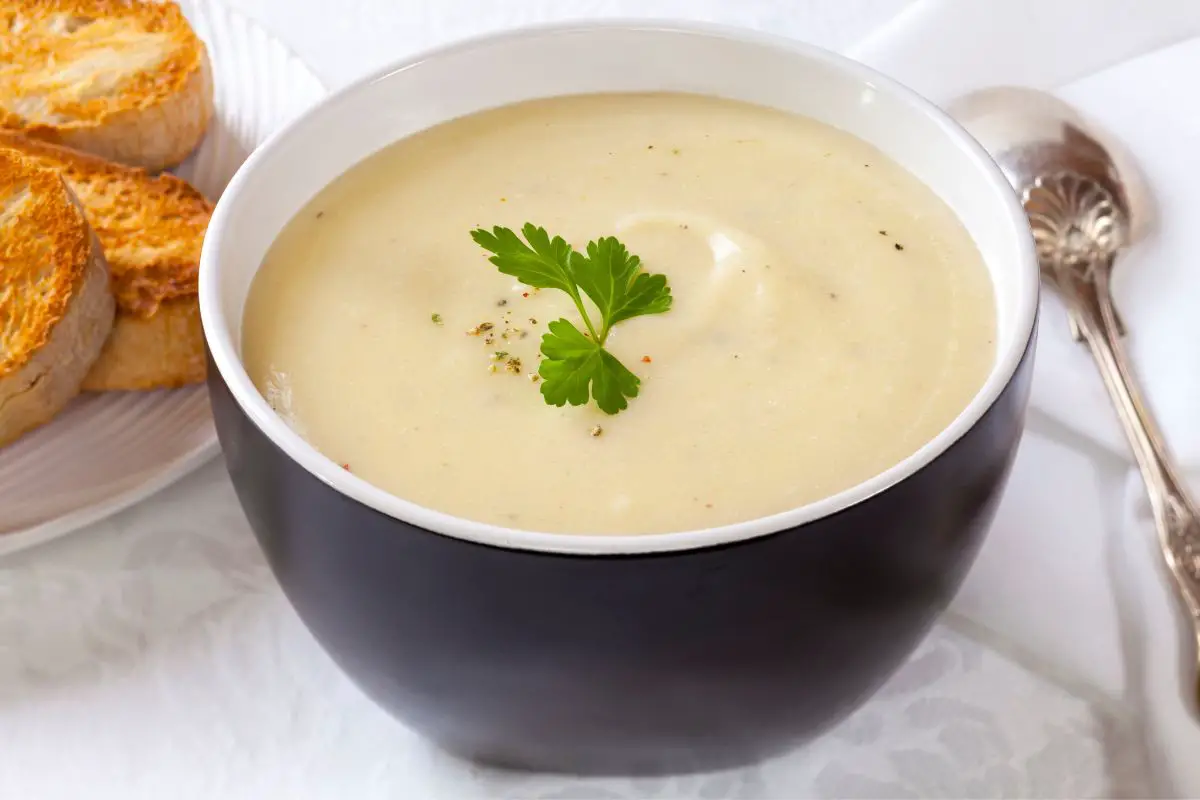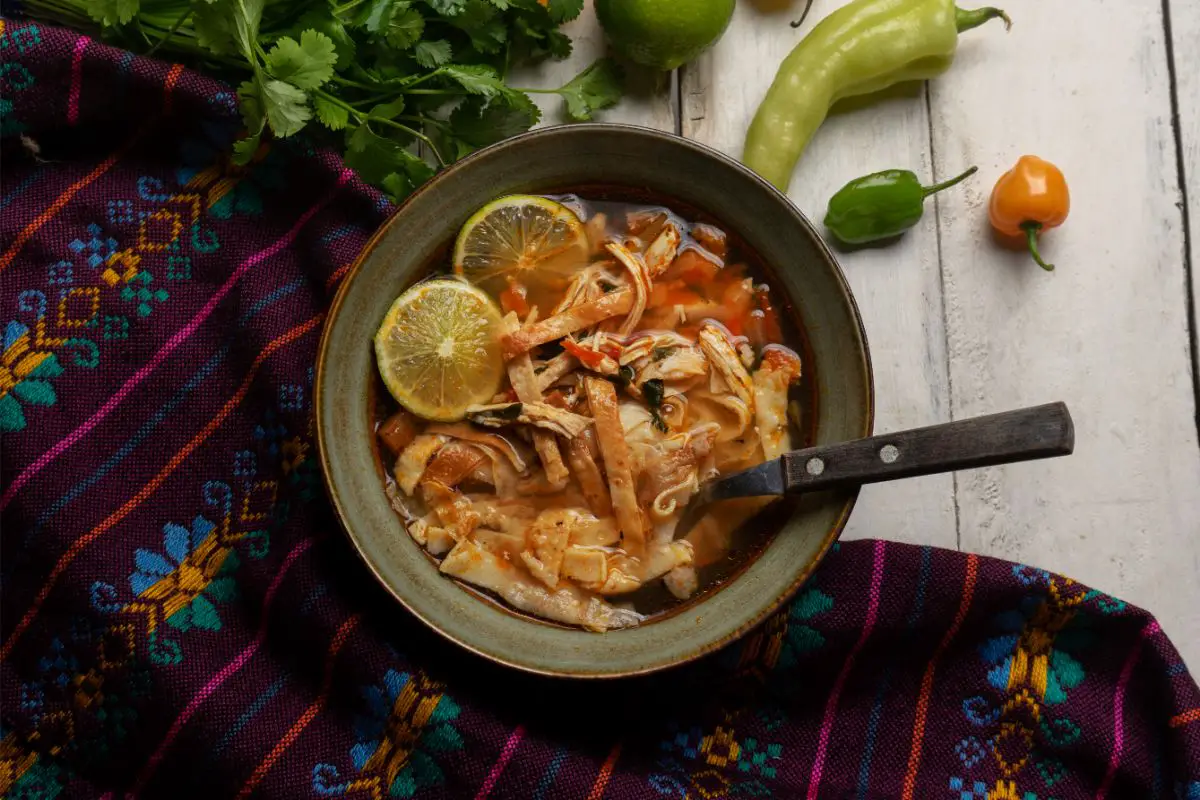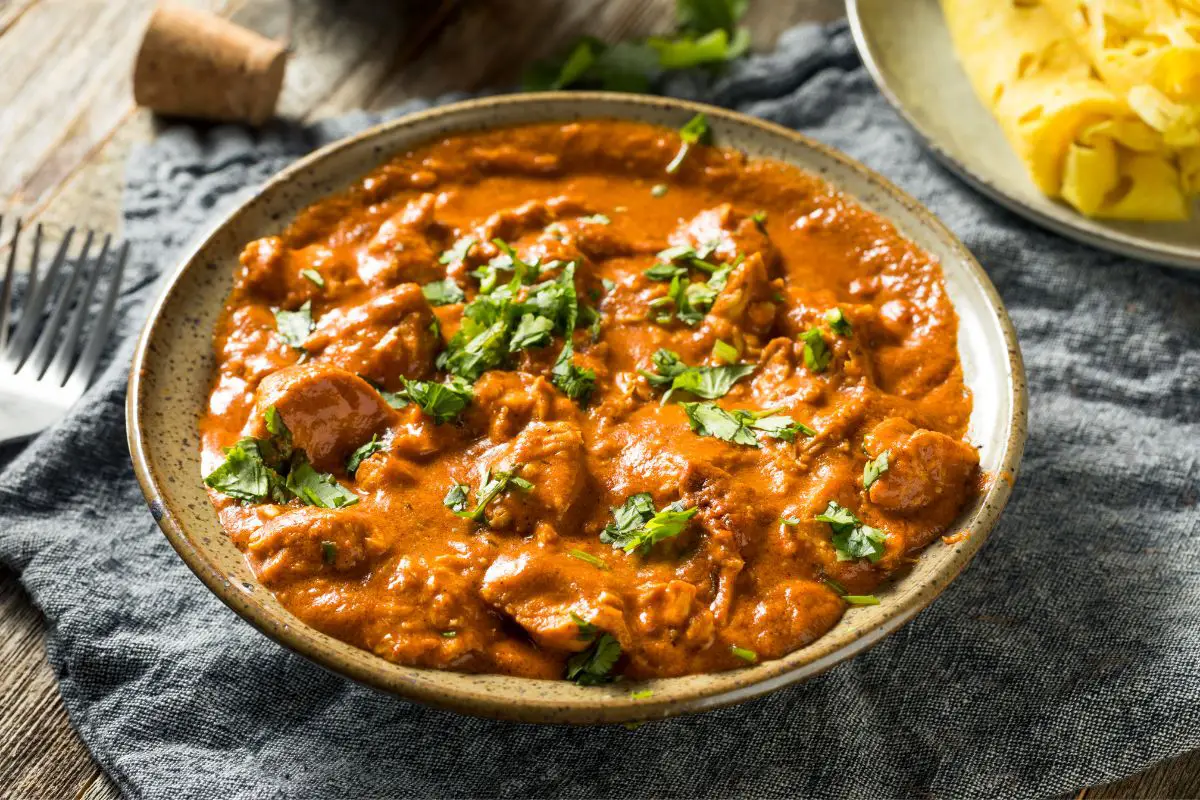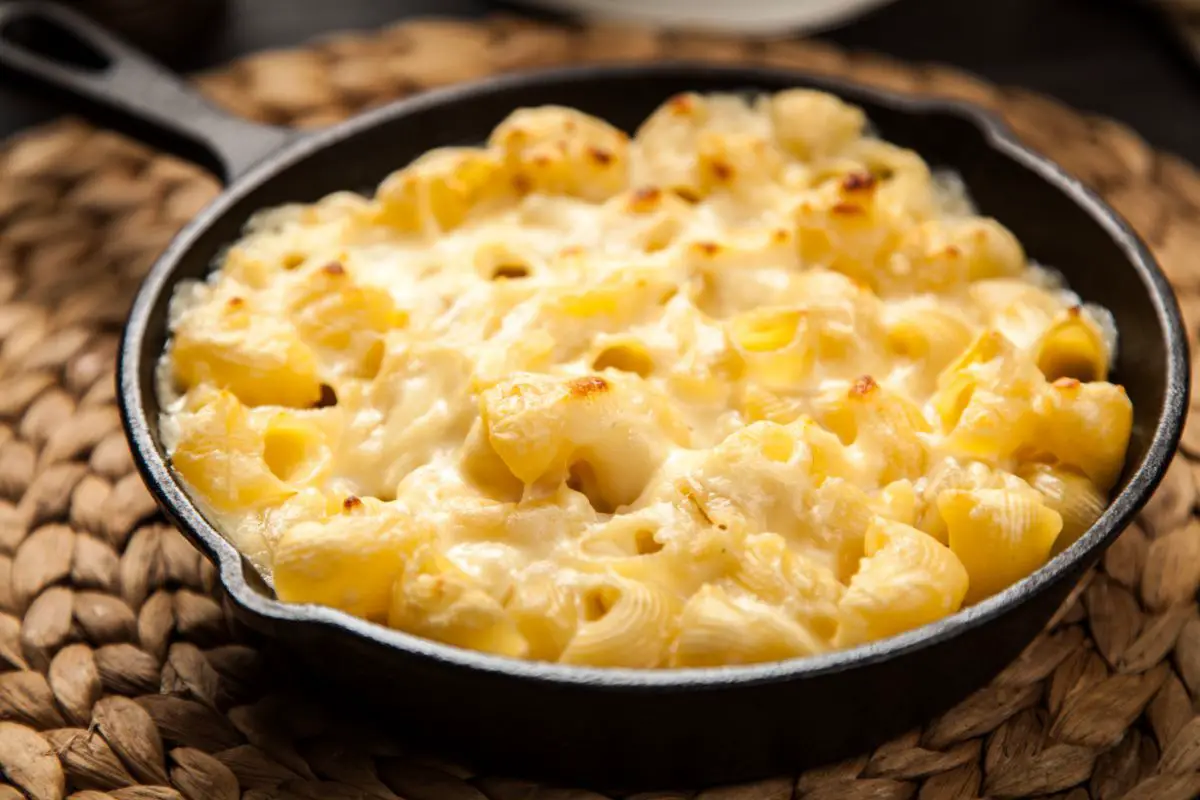Looking to add a tasty and healthy twist to your meals? Check out these 15 Korean Keto recipes!
Whether you’re a beginner or an experienced cook, you will surely enjoy these dishes that will tantalize your taste buds.
There’s something for everyone, from the delicious Bulgogi Beef to the Ginseng Chicken Soup. Prepare for a keto-friendly trip to Asia without leaving your kitchen.
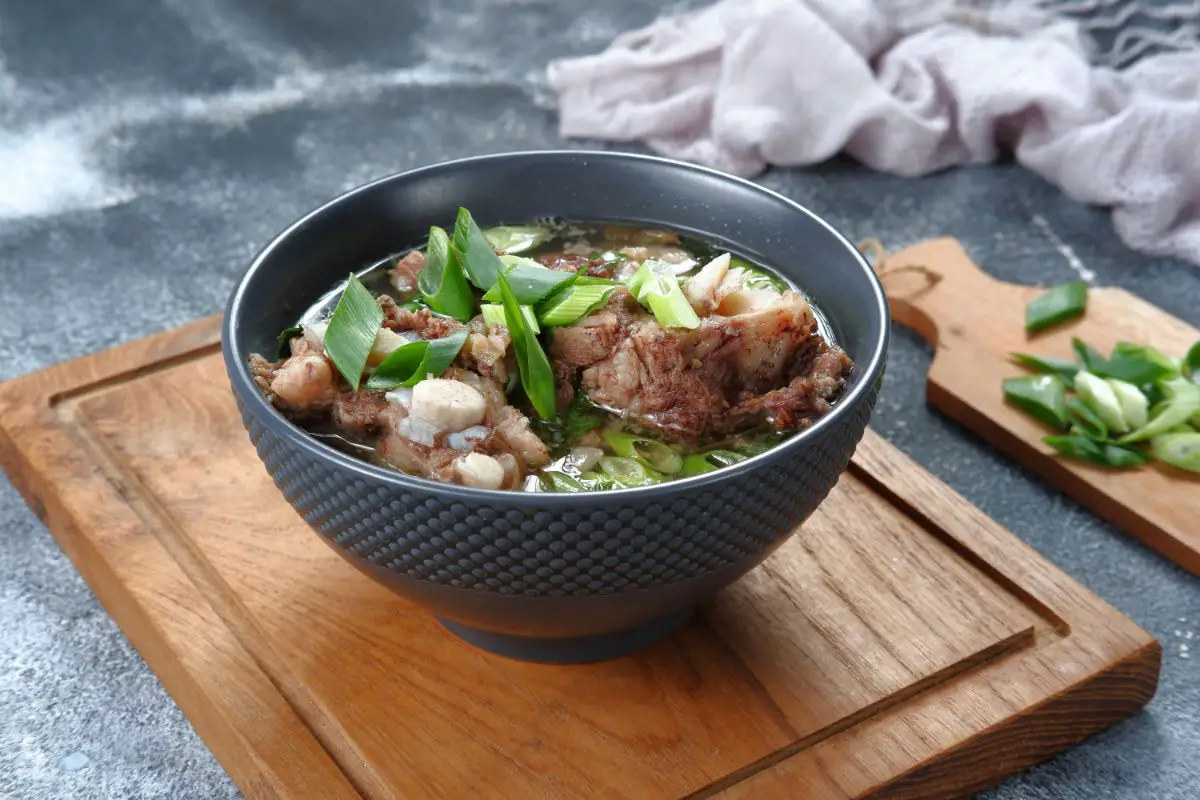
Let’s dive into the fantastic world of Korean cuisine, one dish at a time. Put on your apron, and let’s get cooking!
Comforting Soups
1. Beef Short Rib Soup
This hearty Korean soup, known as “Galbitang,” features tender beef short ribs simmered with vegetables in a flavorful broth. It’s a comforting and nutritious dish enjoyed year-round.
Cooking Tip: Sear the beef short ribs before adding them to the soup for maximum flavor. This helps to develop a rich and caramelized flavor in the broth.
Pairing Dish: Serve Beef Short Rib Soup with kimchi for a complete and satisfying meal.
Seafood Delights
2. Pan-Fried Abalone With Soy Glaze
Pan-fried abalone with soy glaze is a luxurious Korean dish showcasing fresh abalone’s delicate flavor and texture. The soy glaze adds a savory and slightly sweet finish to the dish.
Cooking Tip: Ensure not to overcook abalone, as it can become tough and rubbery. Cook until it’s tender and slightly golden brown on the outside.
Pairing Dish: Serve Pan-Fried Abalone with seasoned vegetables for an elegant and satisfying meal.
3. Jjamppong Spicy Korean Seafood Ramen
Jjamppong is a spicy Korean seafood ramen with a rich and flavorful broth, loaded with various seafood such as shrimp, squid, mussels, vegetables, and noodles.
Cooking Tip: Adjust the level of spiciness according to your preference by adding more or less Korean chili paste (gochujang) and Korean chili flakes (gochugaru).
Pairing Dish: Serve Jjamppong with pickled radish and kimchi to balance the heat and add extra flavor to the meal.
Protein Perfection
4. Oven Roasted Korean Pork Belly With Onion Salad
Oven-roasted Korean pork belly, or “Samgyeopsal-gui,” features thinly sliced pork belly marinated in a flavorful sauce and roasted until crispy on the outside and tender on the inside.
Cooking Tip: Marinate the pork belly for at least an hour, or preferably overnight, to allow the flavors to penetrate the meat thoroughly.
Pairing Dish: Serve oven-roasted Korean Pork Belly with fresh lettuce leaves ssamjang (spicy dipping sauce) for a delicious Korean BBQ experience.
5. Korean Style Pork Chops
Korean-style pork chops are marinated in a flavorful mixture of soy sauce, garlic, ginger, and sesame oil, then grilled or pan-fried to perfection.
Cooking Tip: For extra flavor, marinate the pork chops for at least 2 hours or overnight in the refrigerator before cooking.
Pairing Dish: Serve Korean-style pork Chops with a side of stir-fried vegetables for a quick and easy weeknight meal.
6. Korean Fried Chicken
Korean fried chicken, or “KFC,” is famous for its crispy, crunchy coating and sticky, sweet, and spicy sauce. It’s a popular dish enjoyed as a snack or as part of a meal.
Cooking Tip: Double fry the chicken for extra crispiness. The first fry cooks the chicken through, while the second fry creates a golden, crunchy exterior.
Pairing Dish: Serve Korean Fried Chicken with pickled radish and a cold beer for a satisfying and indulgent treat.
7. Korean Braised Pork Ribs
Korean braised pork ribs, or “Galbijjim,” feature tender pork ribs simmered in a savory and slightly sweet sauce until fall-off-the-bone tender.
Cooking Tip: Brown the pork ribs before braising them to enhance their flavor and add richness to the sauce.
Pairing Dish: Serve Korean Braised Pork Ribs with kimchi for a comforting and satisfying meal.
8. Keto Beef Bulgogi
Keto beef bulgogi features thinly sliced beef marinated in a flavorful mixture of soy sauce, garlic, and sesame oil, then stir-fried until tender and caramelized.
Cooking Tip: Substitute sugar with a low-carb sweetener such as erythritol or monk fruit sweetener to make this dish keto-friendly.
Pairing Dish: Serve Keto Beef Bulgogi with cauliflower rice and stir-fried vegetables for a delicious and satisfying low-carb meal.
9. Spicy Bean Sprout Pork Bulgogi
Spicy bean sprout pork bulgogi features thinly sliced pork marinated in a spicy and flavorful sauce, then stir-fried with bean sprouts until tender and delicious.
Cooking Tip: Marinate the pork for at least 30 minutes to allow the flavors to penetrate the meat fully.
Pairing Dish: Serve Spicy Bean Sprout Pork Bulgogi with cauliflower rice and kimchi for a satisfying and flavorful meal.
Korean Classics
10. Korean BBQ Short Ribs Marinade
Korean BBQ short ribs marinade features a delicious mixture of soy sauce, garlic, ginger, pear, and sesame oil, which tenderizes the meat and adds flavor.
Cooking Tip: Marinate the short ribs for at least 4 hours, or preferably overnight, to allow the flavors to fully develop.
Pairing Dish: Serve Korean BBQ Short Ribs with ssamjang and fresh lettuce leaves for a delicious Korean BBQ experience.
11. Korean Egg Roll
Korean egg roll, or “Gyeran Mari,” is a popular Korean side dish made with beaten eggs and various ingredients, such as vegetables, meat, or seafood, rolled into a thin omelet.
Cooking Tip: Use a non-stick pan and low heat to prevent the egg from sticking and to achieve a smooth and evenly cooked roll.
Pairing Dish: Serve a Korean Egg Roll with pickled vegetables for a simple and delicious meal.
12. Fresh Kimchi
Fresh kimchi, or “Geotjeori,” is a type of kimchi that is not fermented and is eaten fresh. It’s crunchy, refreshing, and packed with flavor.
Cooking Tip: Use fresh, crunchy vegetables such as Napa cabbage and radishes for the best texture in fresh kimchi.
Pairing Dish: Serve Fresh Kimchi as a side dish with grilled meat or fish, or enjoy it on its own as a refreshing snack.
13. Pan-Seared Korean Dried Pollock
Pan-seared Korean dried pollock, or “Bugeo-gui,” is a simple yet flavorful dish featuring dried pollock fillets pan-seared until crispy and golden brown.
Cooking Tip: Soak the dried pollock in cold water for about 30 minutes before cooking to rehydrate it and remove excess salt.
Pairing Dish: Serve Pan-Seared Korean Dried Pollock with seasoned vegetables for a light and satisfying meal.
14. Korean Bibimbap Bowls with Cauliflower Rice
Korean Bibimbap bowls with cauliflower rice are a low-carb and nutritious twist on the classic Korean dish. They feature a colorful assortment of vegetables, protein, and a spicy gochujang sauce.
Cooking Tip: Use a variety of fresh vegetables such as carrots, spinach, mushrooms, and bean sprouts for a vibrant and nutritious bibimbap bowl.
Pairing Dish: Serve Korean Bibimbap Bowls with Cauliflower Rice with a side of kimchi and a fried egg on top for a delicious and satisfying meal.
15. Korean Glass Noodle Stir Fry
Korean glass noodle stir-fry, or “Japchae,” is a popular dish with sweet potato noodles, stir-fried vegetables, meat, and a flavorful soy sauce-based marinade.
Cooking Tip: Cook the glass noodles until tender, then rinse them under cold water to stop cooking and prevent them from becoming mushy.
Pairing Dish: Serve Korean Glass Noodle Stir Fry with pickled vegetables for a delicious and satisfying meal.
Final Thoughts
Now that you have discovered these delightful Korean keto recipes, it is time to unleash your inner chef and start cooking! With these dishes in your culinary repertoire, you will never have to sacrifice flavor for your low-carb lifestyle again.
From hearty soups to sizzling stir-fries, there is no shortage of mouth-watering options. So gather your ingredients, fire up the stove, and get ready to impress your friends and family with your newly found cooking skills.
Remember, the journey to delicious and healthy eating starts in your kitchen.
If you’re looking for more Korean food inspiration, try these breakfast dishes or these Korean salad recipes.
Frequently Asked Questions
Some popular dishes in Korean cuisine include:
– Bulgogi (which is grilled marinated beef)
– Grilled or roasted meats without sugary sauces
– Kimchi (which is fermented cabbage)
– Korean barbecue without sweet marinades or sauces
– Tofu-based dishes
– Various vegetable side dishes such as spinach or bean sprouts.
It is important to carefully check the ingredients and how the dishes are prepared.
Kimchi is considered a suitable food for the keto diet. It’s a traditional Korean side dish made from fermented vegetables, mainly cabbage and radishes, seasoned with chili pepper, garlic, and ginger.
Kimchi is low in carbohydrates and calories and a great source of beneficial probiotics, vitamins, and minerals. However, it’s crucial to check the label or preparation method, as some commercial varieties may contain added sugars that can increase the carb content.
The traditional Korean diet is moderately high in carbs, often including rice, noodles, and other carbohydrate-rich foods like potatoes and grains. However, many Korean dishes are adaptable to low-carb or ketogenic diets with some modifications.
Individuals can create Korean-inspired meals that align with their low-carb dietary goals by focusing on lean proteins, non-starchy vegetables, and healthy fats while minimizing or substituting high-carb ingredients.
The key is to make mindful choices and prioritize whole, unprocessed foods.
15 Korean Keto Recipes To Try
Course: Other Recipes4
servings30
minutes40
minutes300
kcalIngredients
Directions
- Choose a recipe from above
- Collect your ingredients
- Prepare your dish
- Enjoy.
Recipe Video
https://www.youtube.com/watch?v=kgI1N3_2iaQVideo can’t be loaded because JavaScript is disabled: Keto Korean Beef Stew | 30 Minute Yukgaejang Recipe (https://www.youtube.com/watch?v=kgI1N3_2iaQ)- 16 Martha Stewart Baking Recipes You Have To Try - May 29, 2024
- 19 Of The Best Martha Stewart Cake Recipes Ever - May 28, 2024
- How To Make A Tasty Ina Garten Red Velvet Cake At Home - May 24, 2024

